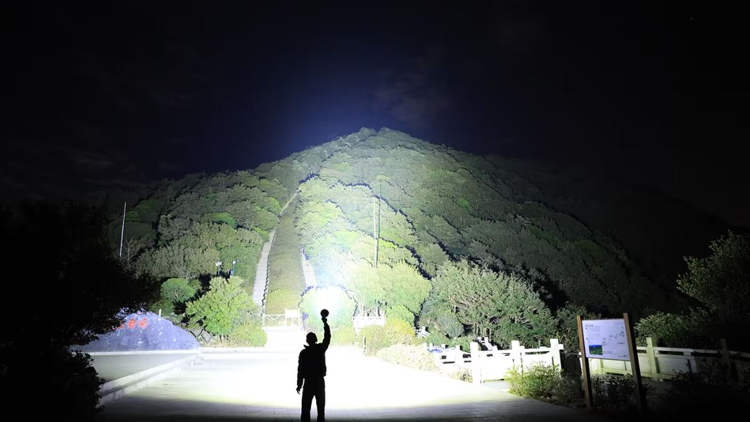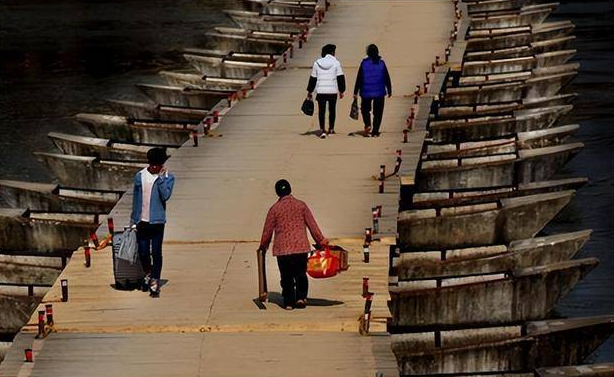Fishing dead bodies is a well known practice in China since ancient times, when some fishermen dedicated their time to recovering bodies from the waters and then returning them to their families. Back then, this “job” was appreciated and respected, and the fisherman himself wasn’t rewarded with money but an immense gratitude.
With the evolution of the country, both economical and demographic, fishing for dead bodies soon became a thriving business for most of the fishermen on Yellow River, with younger and younger boys taking up the task, every day.
The most “offering” place, as they themselves assert, is at about 18 miles down stream from Lanzhou, the provincial capital of Gansu, northwestern China, a place where a hydroelectric dam and a bend in the river cause the bodies to surface. Read More »




















